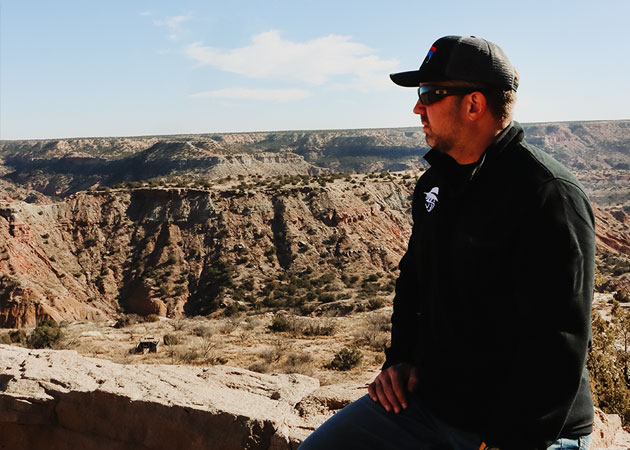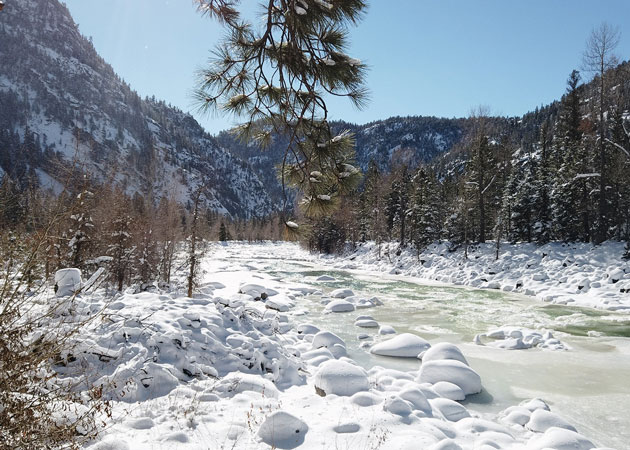“Landlocked” properties are generally properties that do not have any direct access to public roads from the property itself. An easement is an interest in land owned by another person that grants a third party a right to use or control the land for a specific limited purpose. In this specific scenario, the easement is the right to cross an adjacent piece of land to access public roads.
When a piece of land is considered “landlocked,” courts will usually grant the owner of the land an “easement by necessity.”
In order for a court to grant an easement by necessity, the landowner of the landlocked property must prove two things:
- Unity of title means that at one point there was a common owner of both pieces of land a landlocked owner must prove all of the following:
- The claimed access is a necessity, not a mere convenience.
- The necessity existed at the time the two estates were severed.
Hayworth & Associates attorneys at law, explains In cases where there is no unity of title initially present (meaning there have been numerous other owners after the division of the land took place), courts may look at the history of the division of land until they find the exact moment that the land was divided.
If a landlocked owner cannot demonstrate these three elements, an easement by necessity will not be recognized.
There may be other means to access your landlocked property, according to Tiffany Dowell Lashmet, assistant professor and extension specialist with the Texas A&M AgriLife Extension, there are three ways to get an easement to ytour property:
- Determine if there may be a prescriptive easement. To obtain this type of easement, the person claiming the easement must prove he or she has used the easement for at least 10 years, and the use was open and notorious, continuous, exclusive, and adverse.
- Determine if there could be an easement by estoppel.An easement by estoppel arises when one person acts in reliance on being told an easement exists. For example, a buyer purchases a landlocked property and starts building a house based upon a promise from the neighbor that the buyer can cross his private land to access the property. Later, the neighbor denies the promised access.
- Seek a statutory easement from the commissioners’ court.A statute in the Texas Transportation Code allows a landlocked property owner to seek a public road from the commissioners’ court. The landlocked owner must file a sworn application with the commissioners’ court and provide notice to each property owner who would be affected. A hearing on the application will be held, and if the commissioners’ court determines the landowner has no access to their land, the court may issue an order creating a public road.


